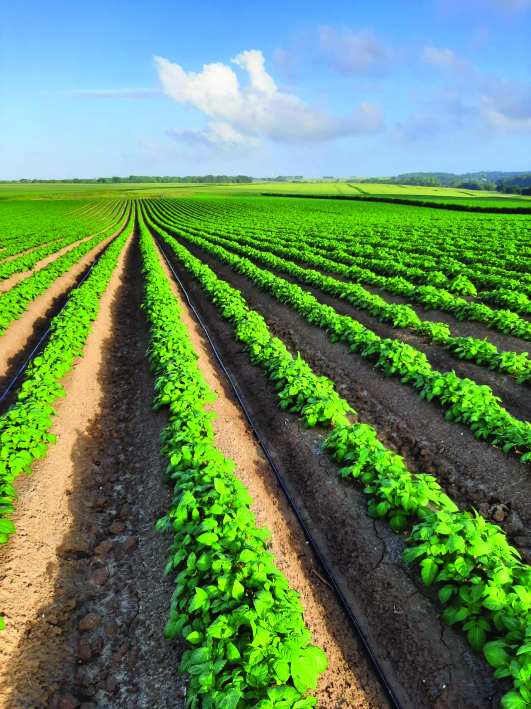
Precision Irrigation of Potatoes, the Solution of the Future
Using drip irrigation on a crop of potatoes offers an alternative solution for French farmers facing water restrictions in the future and unpredictable weather conditions. Why such a paradigm shift, given the preponderance of pivots and reels in potato irrigation? Because we have to solve an essential equation: ensure constant yields in an increasingly difficult climatic context, while limiting inputs to meet economic and ecological constraints. We need to do more, with less.
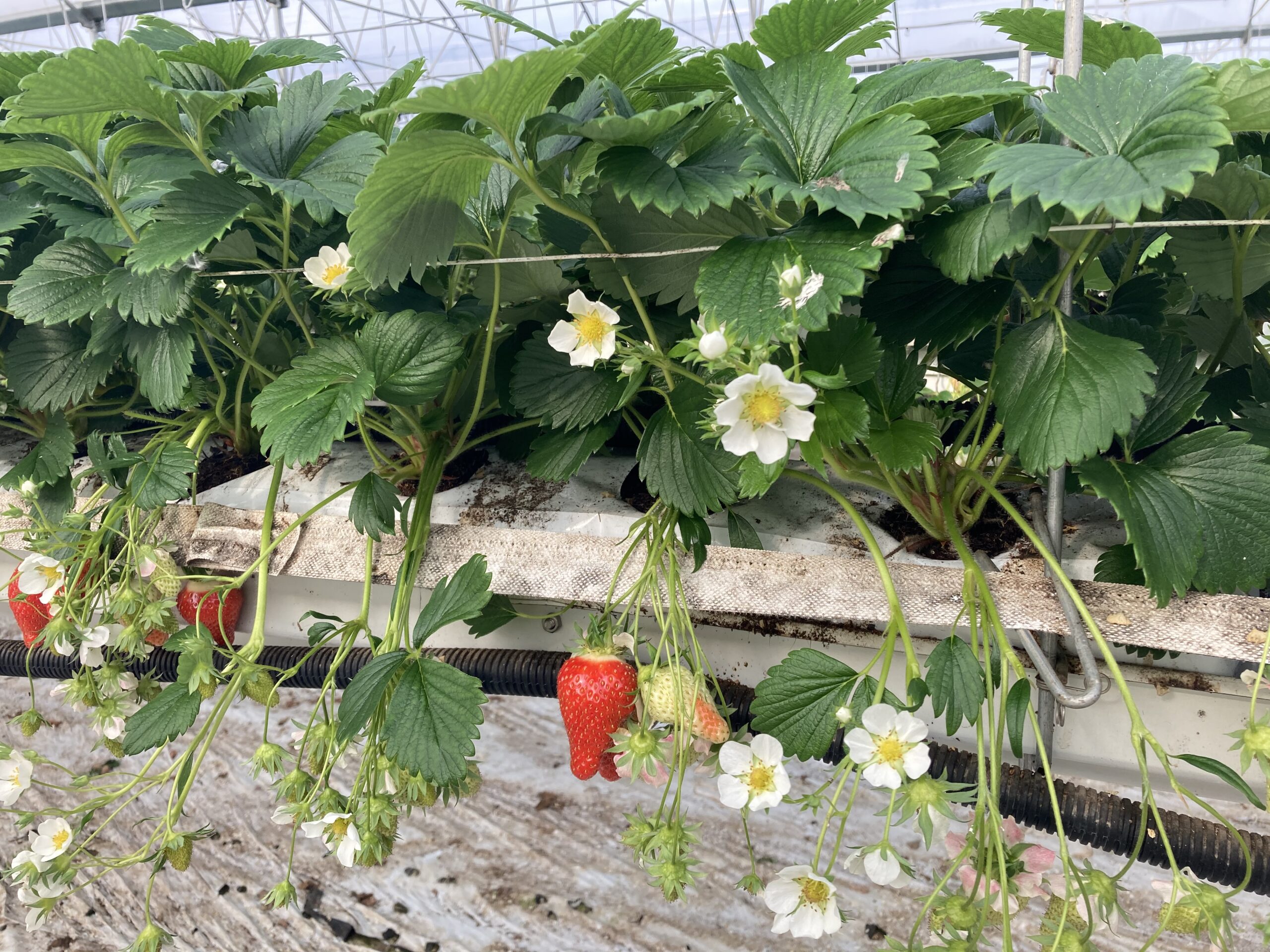
Emitter spacing in horticulture : one size doesn’t fit all
The challenge of optimizing water use and yield in horticulture is something that growers contend with every season. When deciding on their irrigation strategy, a traditional approach taken when growing plants with drip systems has been to use emitter spacings between 20 and 30 cm (8 to 12”), no matter what the crop
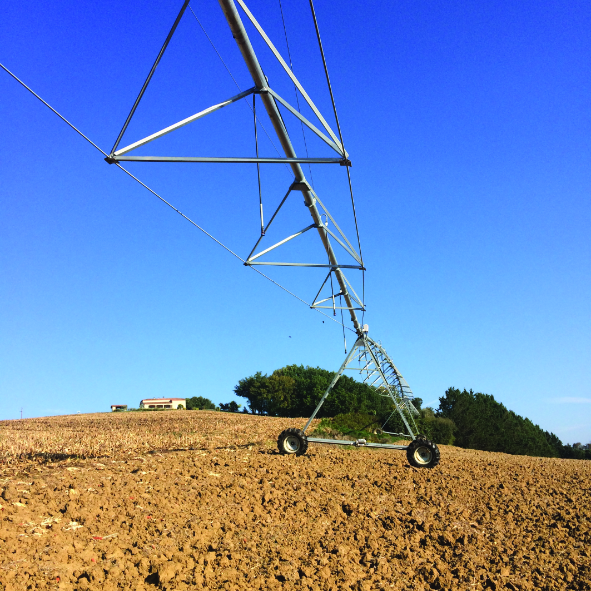
Pivots, Hose Reels (Travellers) or Drip Irrigation… An Irrigation System Should Be Carefully selectedAccording to the Type of Crop, Climate, available Labour and Energy…
Although the furrow method was virtually the only system used in the past, nowadays there is a wide range of irrigation techniques available, such as the pivot, hose-reel and travelling gun or the drip method, allowing the farmer to consider two essential requirements: the performance and durability of the equipment.
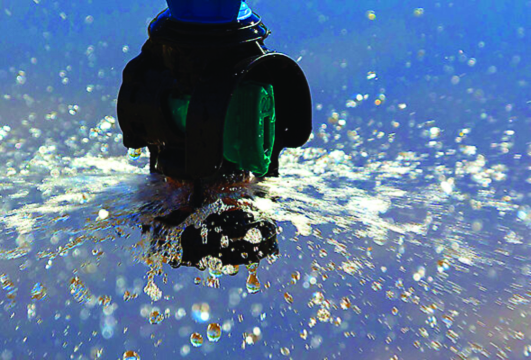
Understanding the Pros and Cons of Center Pivot Irrigation Before Making the Switch
Center pivot irrigation has revolutionized the way farmers irrigate their crops. Before using it to optimize your own operation, though, it’s important to weigh the advantages and drawbacks. Let’s take a look at some of the biggest pros and cons of the system, so you can make an informed decision.
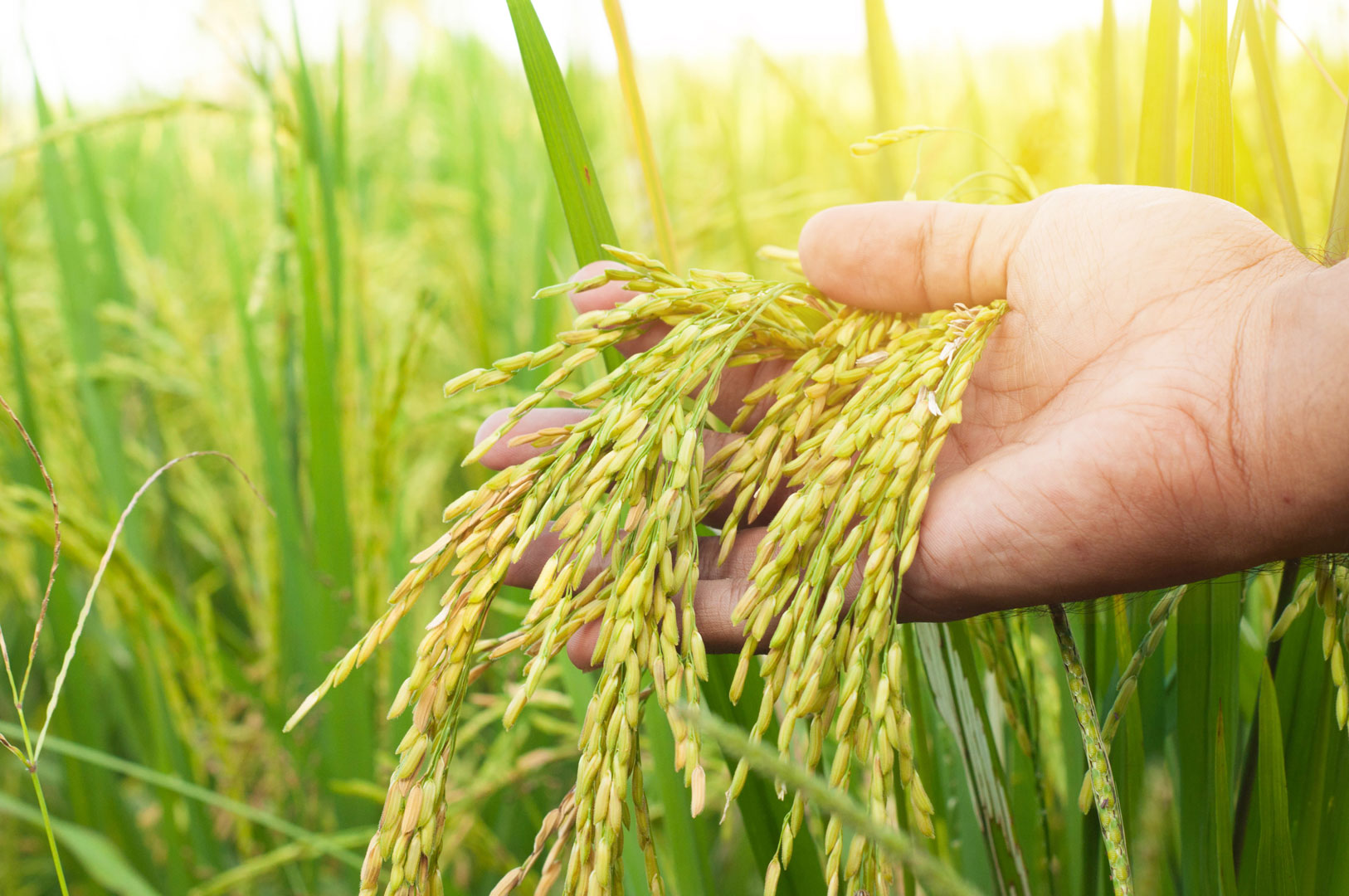
RICE – THE NEXT FRONTIER in DRIP IRRIGATION
Rice. Maybe the most common grain in the world. It can be found in almost every household on the planet. It is one of the major food sources in the world. It is a commodity! In the 2021–2022 season, about 520 million metric tonnes of rice were consumed worldwide.
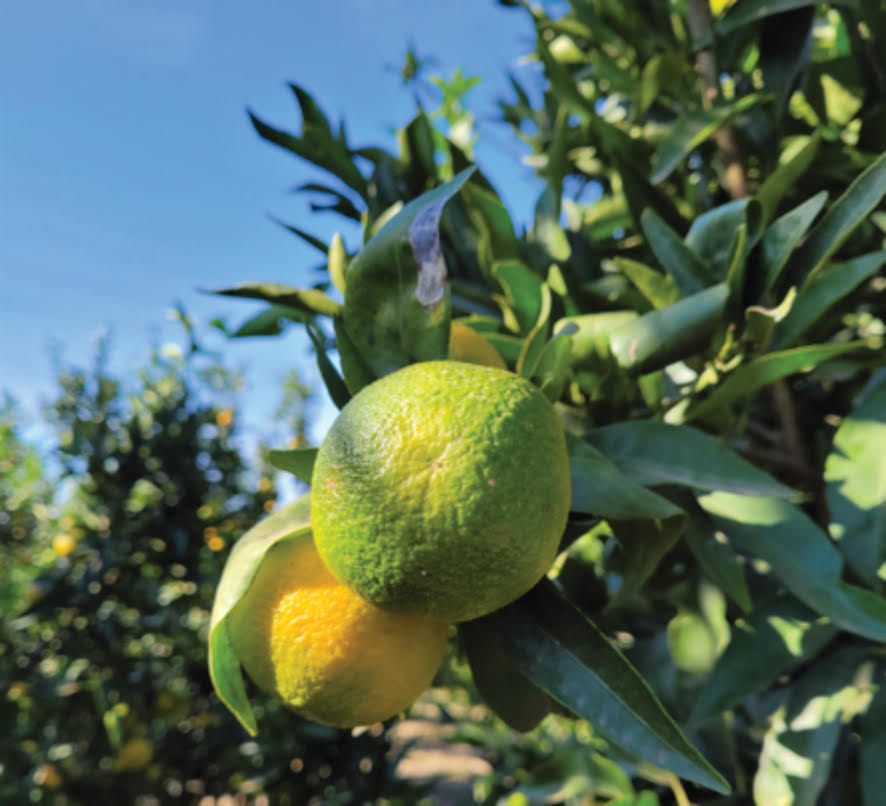
Precision irrigation of citrus crops
With climate change, the farmers are having to deal with an increase in extreme weather events, such as periods of drought occurring earlier in the year and for longer periods, hail, frosts, violent storm and heat stress. With so many weather events. we must look for ways of mitigating their effects on the productions.
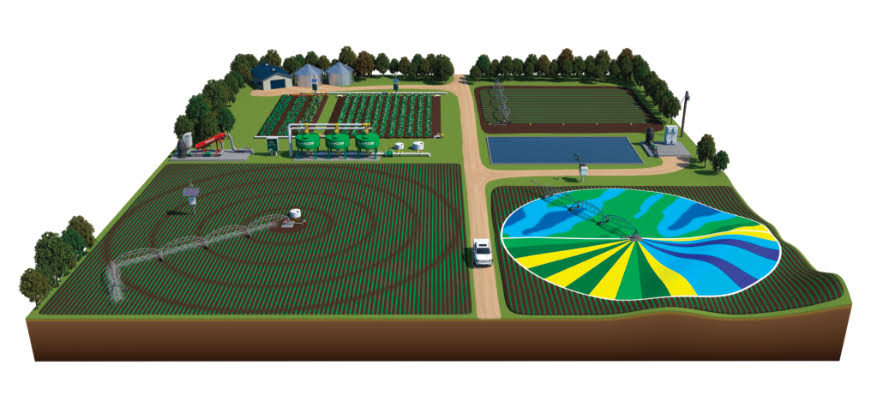
IoT for pivot
Most recently, we’ve seen an expansion of concepts like smart farming, where software for process improvement and IoT (Internet of Things) devices are applied to this agriculture environment. This new era is leading to another revolution in the agriculture industry where connected sensors, analytics, and artificial intelligence could further increase yield and help farmers to produce and improve the efficiency of water and other inputs. As water is a key element of agriculture, the irrigation market has an important role in the future of this connected agriculture.
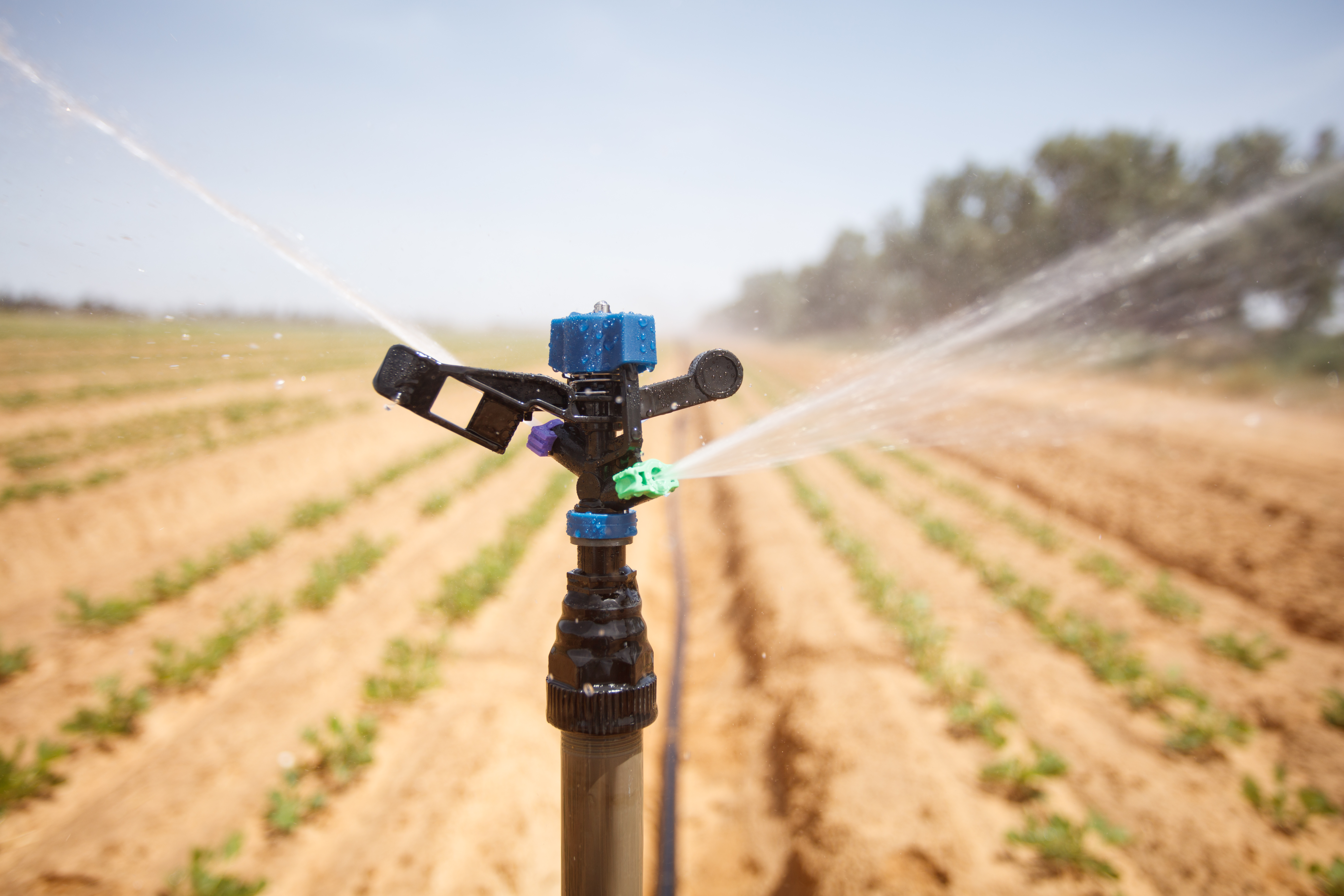
Localised irrigation or sprinkler irrigation : How to choose on the basis of agronomic criteria?
Localised irrigation has developed rapidly since the 1970s, particularly on crops where sprinkler irrigation was used previously: orchards, market garden crops.
The main features of localised irrigation are that the water is directly applied close to the ground on a frequent basis. Only some of the soil surface is wettened, and, therefore, this only affects a part of the soil volume. On the other hand, as far as sprinkler irrigation is concerned, the water is sprayed from a certain height above the ground; therefore, the droplets fall onto the ground with some intensity and a certain force.
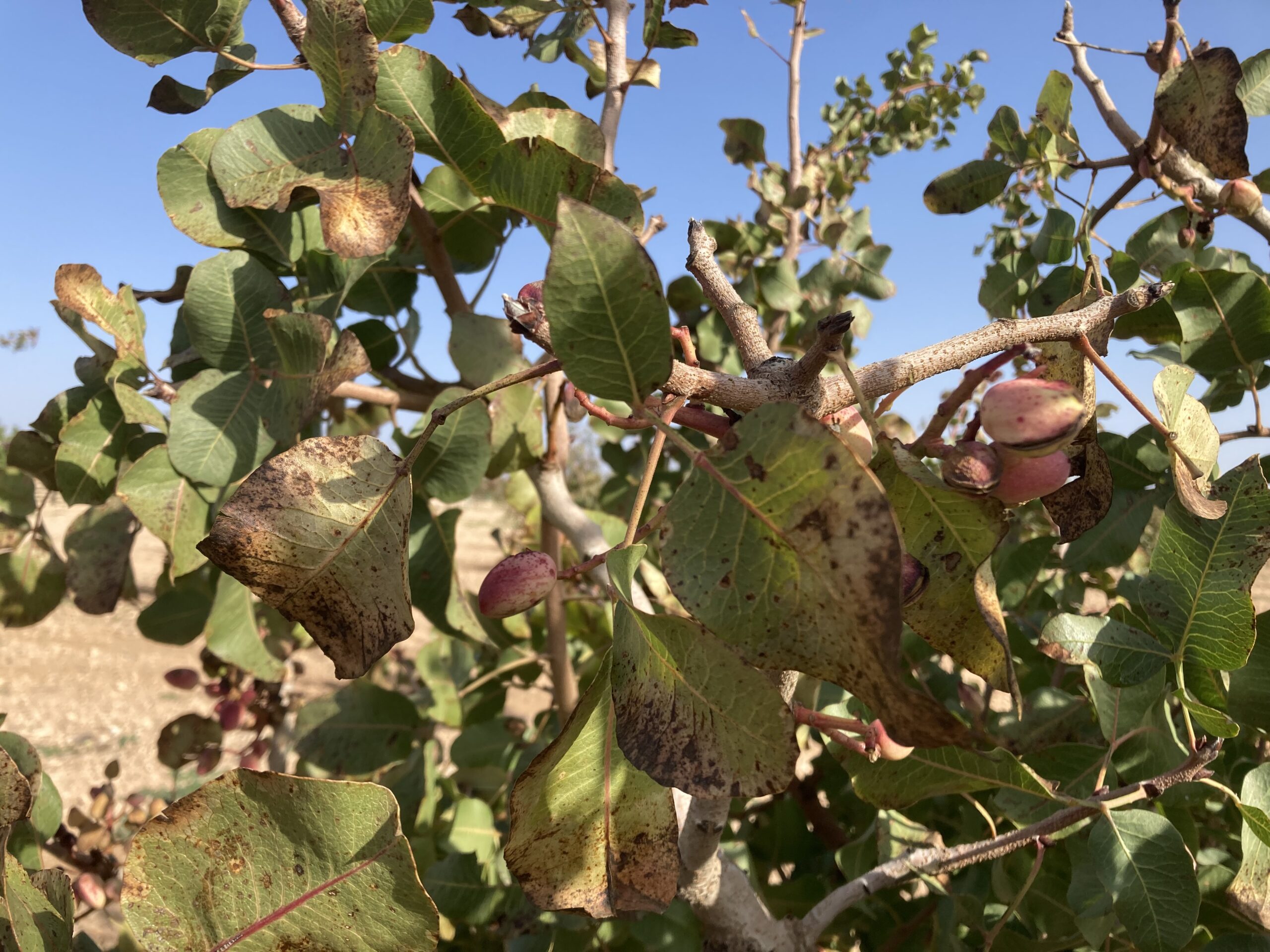
PISTACHIO: PRECISION IRRIGATION FOR WATERING THE GREEN GOLD
Even though the United States, and California in particular, and Iran account for 66% of the global pistachio market, the pistachio crop, also known as the new green gold, is also produced in several other countries, such as Spain, China, Turkey, Italy, Greece and more recently France.

IRRIGATION It’s not a matter of just turning on the tap
Climate change and its procession of increasingly more frequent droughts emphasises the role of irrigation in agriculture in temperate countries. In the Mediterranean region, it has already become the sole solution for maintaining agricultural production. However, this is an area where there are still many developments to be implemented, with paradoxes and solutions that sometimes go against the general way of thinking.

Dynamic agrivoltaism: combining crop production and the generation of energy
The start-up Sun’Agri, a subsidiary of the Sun’Air group, has developed the agrivoltaism technique and conducted experiments on agricultural test sites. The goal is to combine the production of crops and energy within the context of global warming.
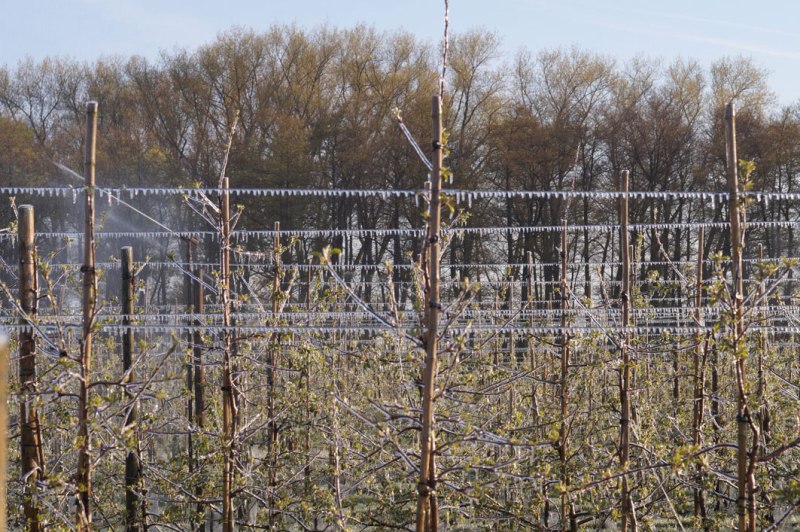
Innovations in Frost Protection
The world around us is changing. Change has always been a part of this planet, but recently the rate at which change occurs has been accelerating. Extreme weather phenomena, such as tsunamis, earthquakes and floods are becoming more and more common. Many researchers are focusing on climate change and its effects. Scientists now know how to explain these phenomena, at least in part, but we are still unable to fully predict events such as heat waves and heavy rains.

A new scheme for recycling flexible irrigation tubes
It was agricultural plastic film in 2009; followed by the twine and net wrap used on round bales in 2013, then anti-hail netting in 2015, and now the agricultural plastic recovery sector has a scheme for used flexible irrigation tubes or drip tapes. This scheme operates according to the principle of shared responsibility and we will see in this article how all the players (manufacturers, traders, distributers and farmers) have worked together and set up a national scheme open to all farmers since January 2019.
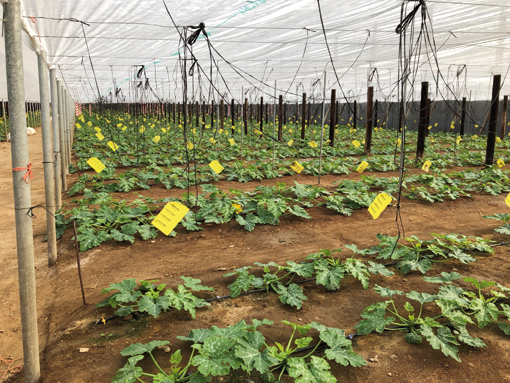
Drip Irrigation and Fertigation, an inseparable duet
The emergence of agriculture represented an important, and possibly the most significant, milestone in the development of human civilization, as it gave rise to the Neolithic Revolution. The availability of water is the most decisive factor for the growing of crops and civilizations evolved along the banks of rivers or in areas with enough rainfall to cover the needs of the first crops.
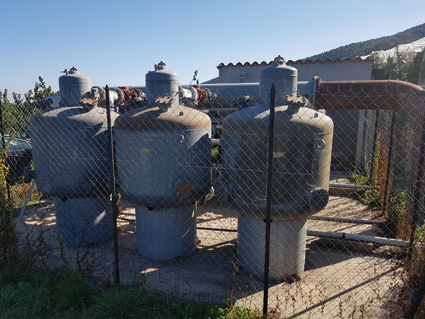
Development in the field of filtration devices
Filter systems have changed considerably over the last few decades. Furthermore, the popularity of these devices occurred simultaneously with the increased use of irrigation systems in agriculture and parks and gardens and with the emergence of localised irrigation systems, in particular. With the flow rates used in the emitters always being low and the quality of the water worsening while the water levels are dropping and the temperatures of the aquifers rising (forced by climate change…), these systems have faced enormous challenges and this pressure has logically led to profound changes. We are also proposing to carry out a comprehensive assessment of these systems and the way they have evolved over the last few years, so as to take a look at the current situation of the solutions that are most popular in France and, above all, worldwide

Subsurface Drip Irrigation (SDI) Maintenance
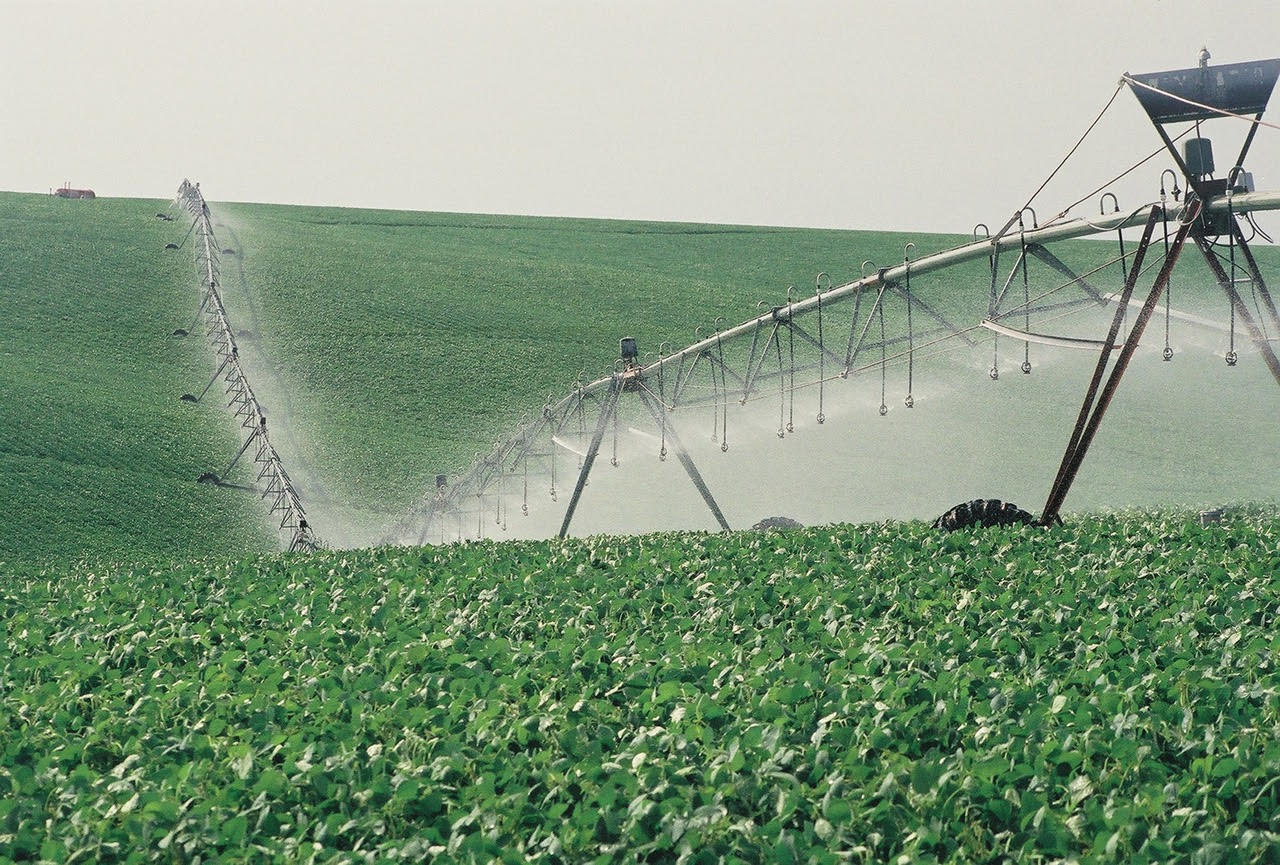
Understanding pressure
Irrigation systems are designed to distribute a predetermined amount of water over a specific area. Applicators operate within a specific range of flows and pressures. Because pressure affects flow, pressure regulators are used, so applicators run at the designed operating pressure to help assure delivery of the designed application rate. All systems experience pressure fluctuations. Some of the causes include elevation changes within the irrigated area; pressure loss through pipes and fittings; fluctuations when zones cycle on or off; system demand change on large projects with multiple wells providing water; and activation of end guns and corner arms on mechanized systems
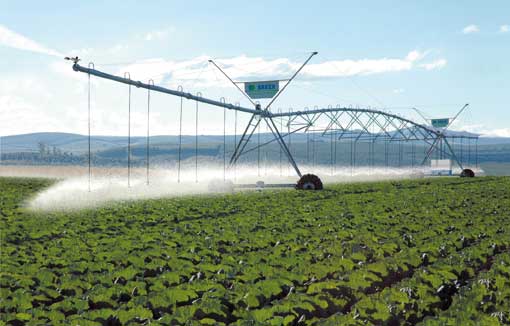
Central Irrigation Pivot
The pivot is a mechanised irrigation system that irrigates in a circular manner (full rotation) or in sections. It generally moves around a fixed central point but it can be designed to be towed from one pivot point to another or from one field to another. The pivot system has a number of spans consisting of a tube supported by a truss and a motorised tower that move around a central unit, which acts as an intake for the water and electricity supply.

